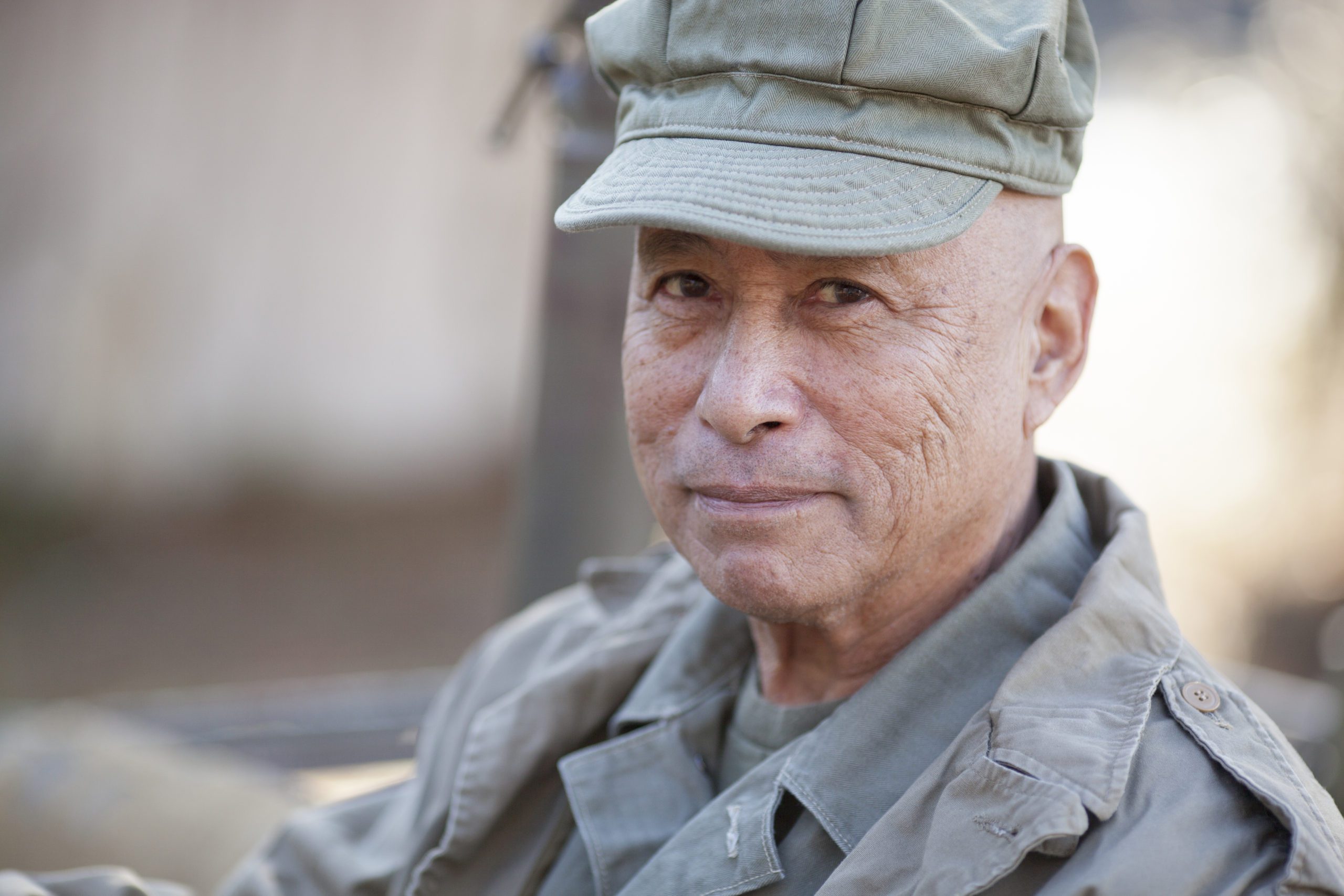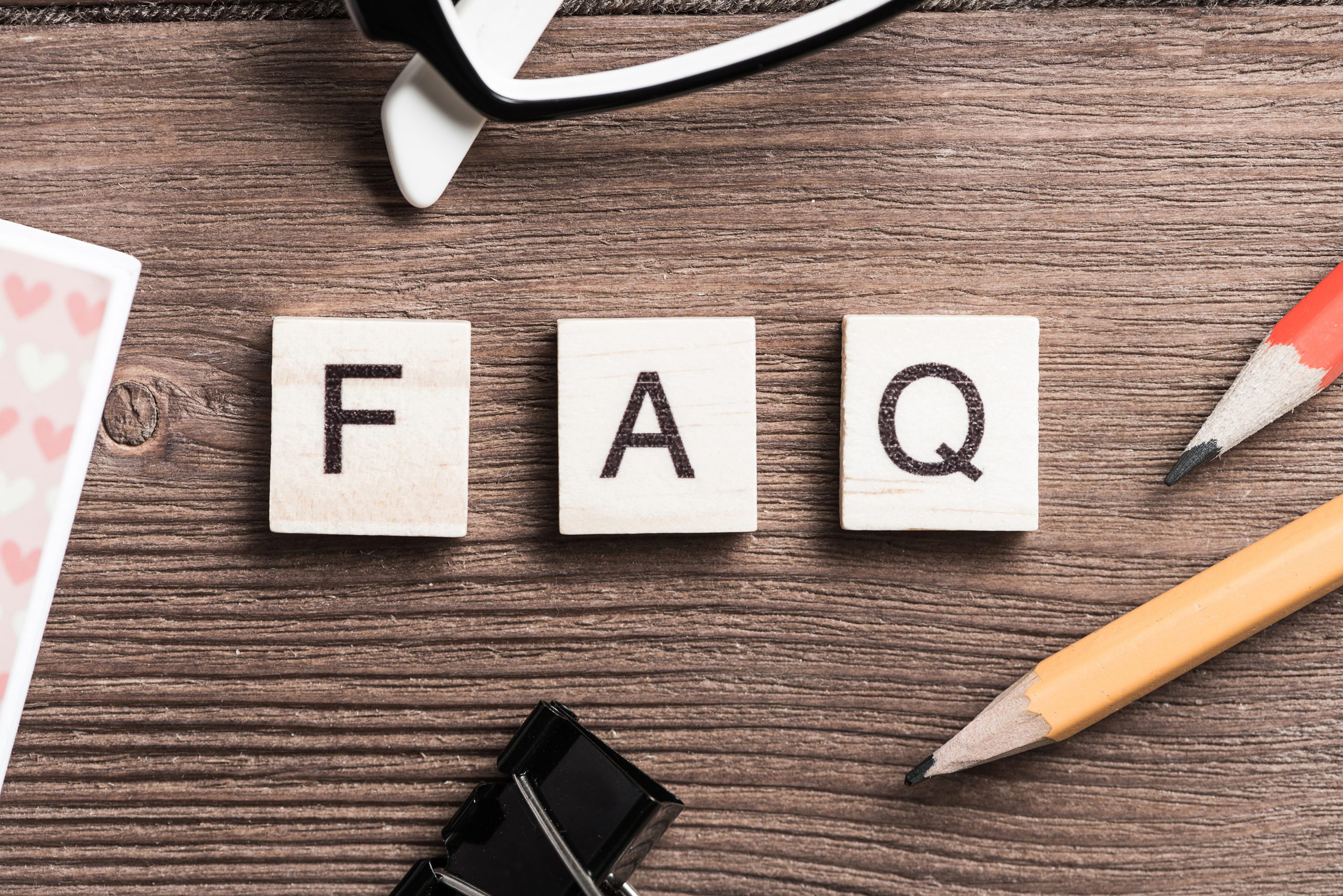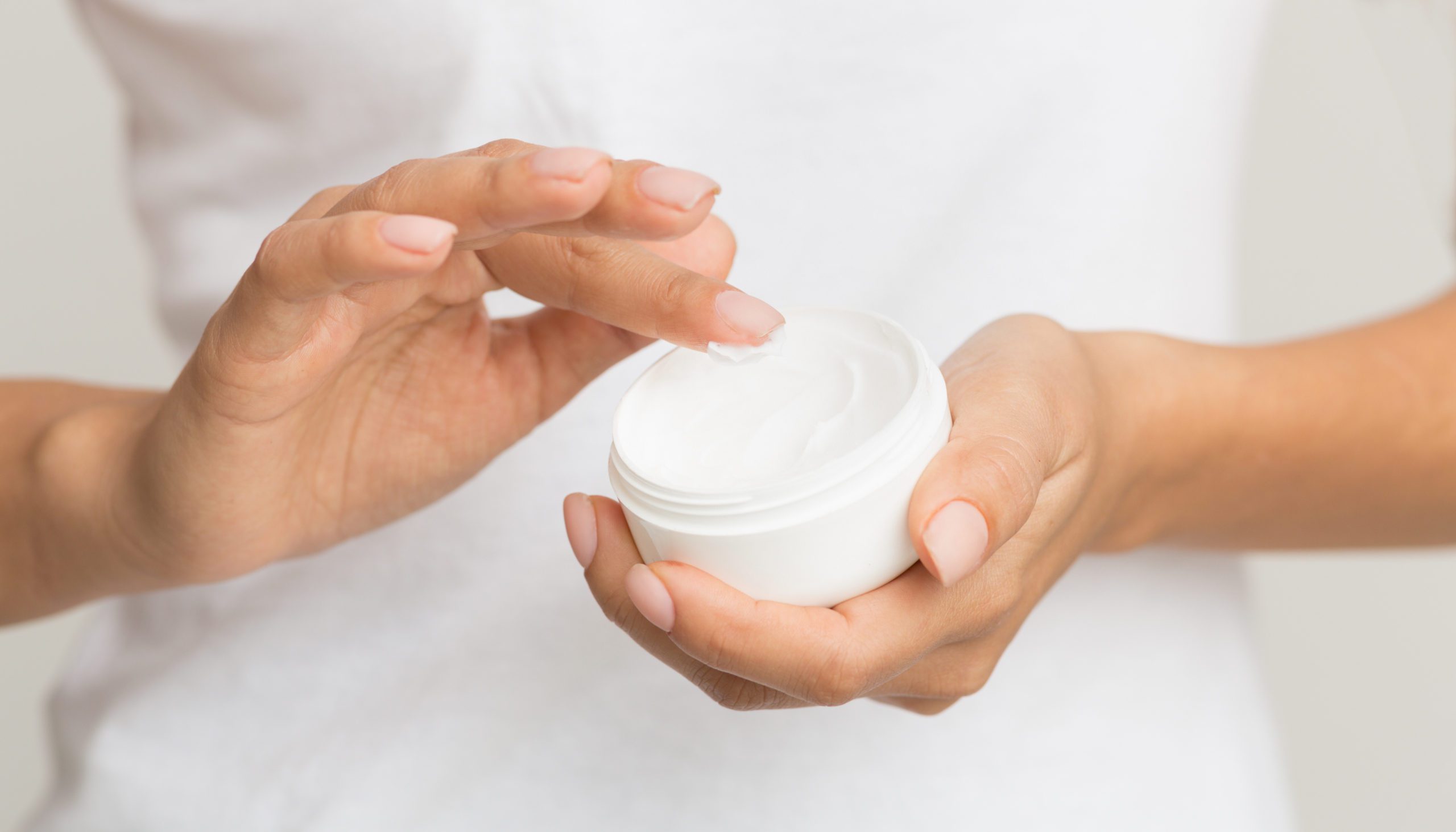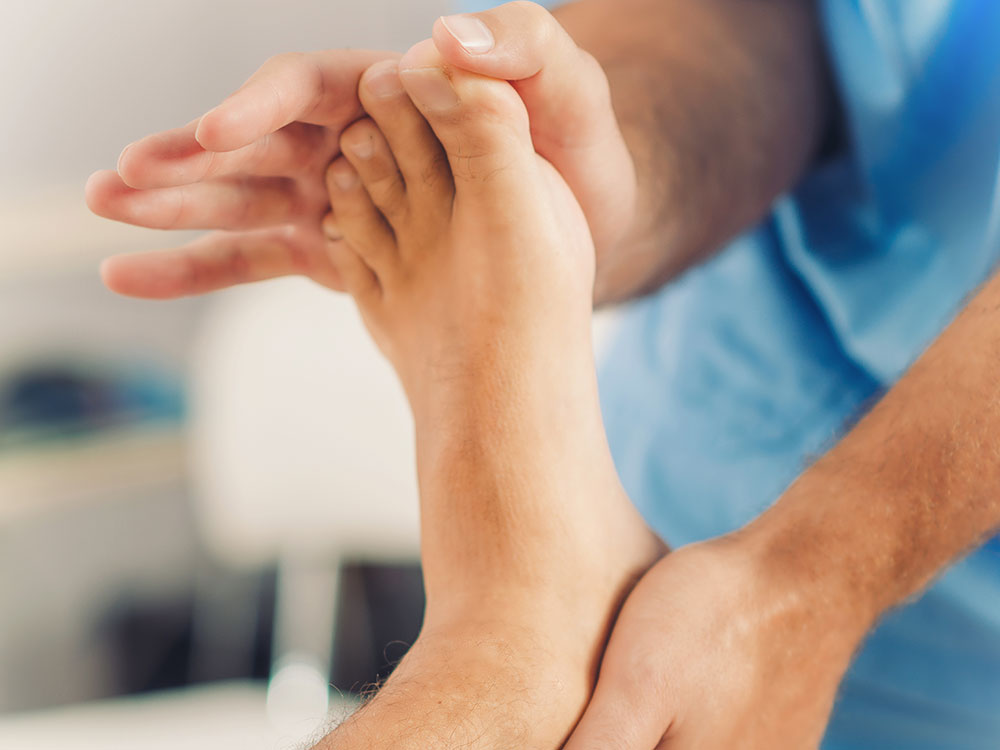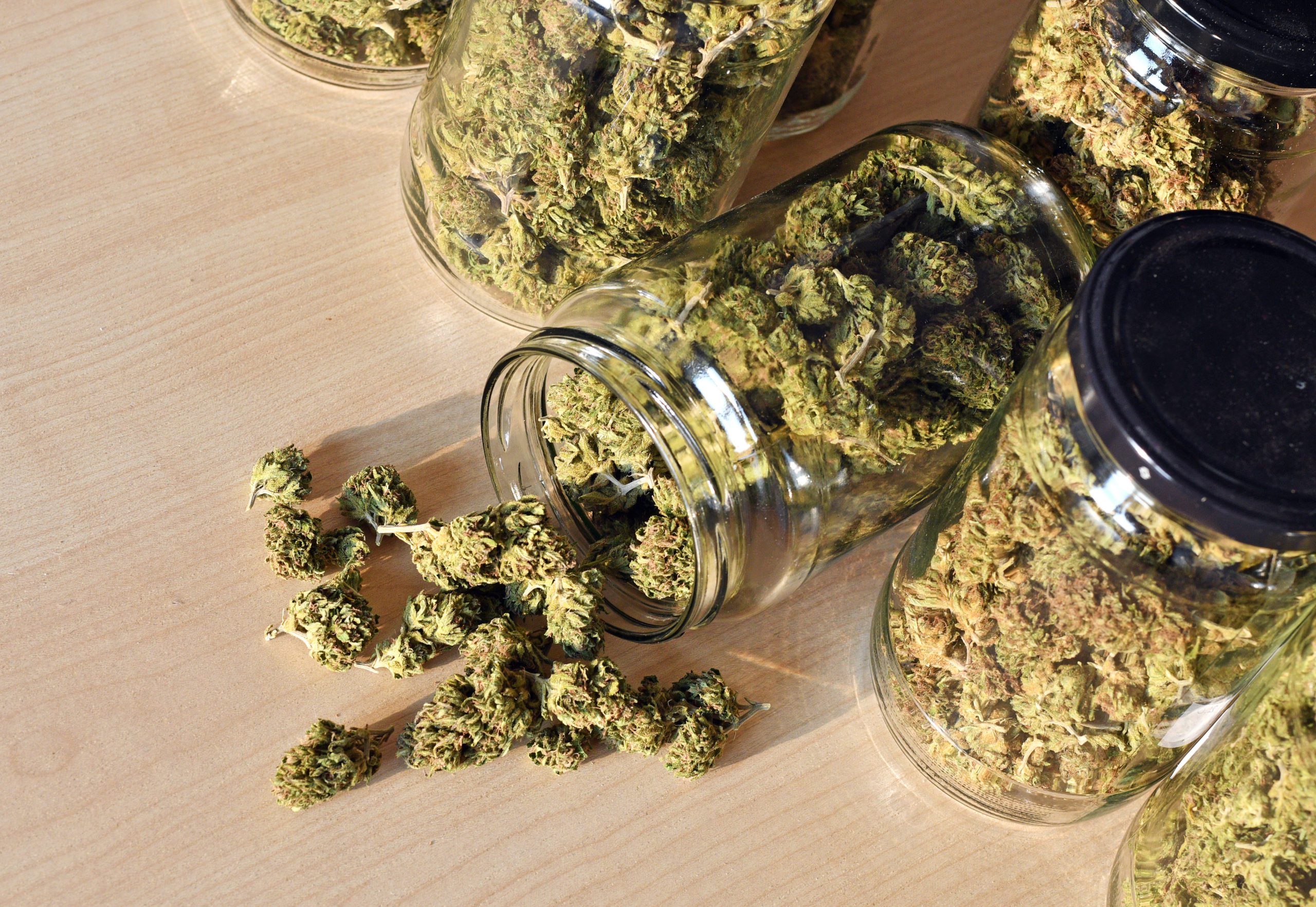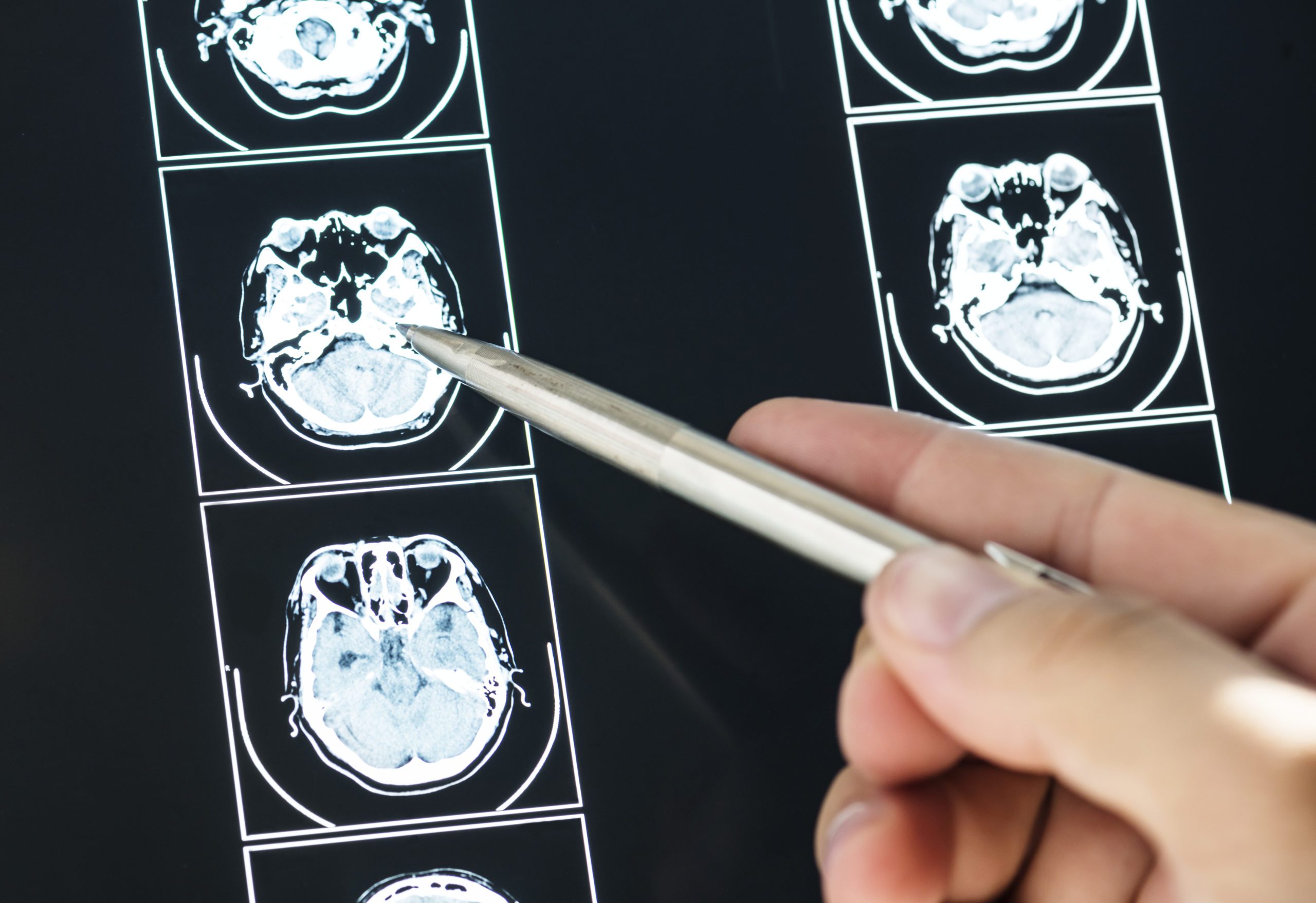Medical Marijuana Licenses Maryland There has been fierce competition among cannabis processors and growers to secure one of Maryland’s 14 new medical marijuana licenses. Despite this competition, the state has taken steps to ensure that minority and women-owned businesses have a fair and equal chance of participating in Maryland’s medical marijuana industry. Continue reading to learn how the state plans to diversify medical marijuana Maryland, including past and present challenges. How Maryland Plans to Diversify Medical Marijuana In 2018, Maryland lawmakers passed legislation to expand the medical marijuana industry and increase diversity. More specifically, they want to extend more opportunities for ownership to minority and women-run businesses. Accordingly, these companies are hoping to have an equal chance of being awarded one of Maryland’s 14 new medical marijuana licenses. Of these, 4 will be awarded for cannabis growing and 10 will go to companies that will process the plant into medical products. Past Issues that Have Excluded Women and Minorities When the state awarded its first 15 medical marijuana maryland-licensed dispensaries over two years ago, none of the licenses were given to African-American of women-owned businesses. As a result, Maryland residents waged criticism and filed lawsuits due the lack of diversity in the state’s medical marijuana industry. Current Problems with the Maryland Medical Marijuana Application Process Even with Maryland’s efforts to promote diversity and increase transparency and fairness, the application process for the 14 new licenses has not gone as smoothly as intended. Most notably, applicants have faced numerous technical issues with the state’s online portal, which hindered the submission process. However, regulators assured applicants that they would resolve these problems and that they would not negatively affect applications that were delayed due to transmission difficulties. On a positive note, Maryland’s plan to the diversify the medical cannabis market resulted in 160 applications. Learn More About How Maryland Plans to Diversify Medical Marijuana For additional information about the medical marijuana Maryland market, please contact Dispensary Works today.
Happy 7/10 to All Our Maryland Medical Marijuana Customers
Medical Marijuana Maryland For a long time 4/20 was the official marijuana holiday for all forms of cannabis. However, somewhere along the line, it was decided that marijuana concentrates needed their own day of festivities – 7/10. We hope that all of our Maryland medical marijuana customers are have a happy 710 this week! To learn more about this holiday, including its creator and origins, read on. What is 7/10 Marijuana Holiday? On 7/10, we celebrate all forms of medical marijuana concentrates, otherwise known as dabs. Dabs are typically made with a solvent like CO2 or butane and result in sticky oils – commonly referred to as wax, shatter, budder, and butane hash oil (BHO). This process offers some insight into why 710 was chosen to describe and honor marijuana concentrates. If you look at 710 upside-down, it spells OIL. So, it makes sense that this it is on this day that we celebrate marijuana concentrates and dabs. Who Invented 7/10? The person or group that invented 7/10 remains unknown. While many members of the cannabis community claim to have some idea of who’s responsible for this term, there is no concrete evidence that points to its actual creator. When Did People Begin Celebrating 7/10 as a Marijuana Holiday? Many within the marijuana culture became aware of 7/10 and the associated holiday somewhere around 2013. With that being said, it’s impossible to confirm when 710 officially began and for how long marijuana users have been observing the holiday. Happy 7/10 to All Our Maryland Medical Marijuana Customers! Dispensary Works would like to wish all of our Maryland medical marijuana customers a happy 7/10! Please feel free to stop by and pick-up some of your favorite concentrates in honor of 710. Our knowledgeable budtenders are happy to help you find the dab that best suits your needs – all you have to do is ask! Wanna join us for our 710 celebration event with special discounts? Register here. Still not sure if medical marijuana in Maryland is right for you? Contact us online or call (240) 585-5220 now!
Why Veterans Are Turning to Medical Marijuana
Veterans and Medical Marijuana Maryland Medical marijuana for veterans is a hot topic of debate. In fact, the House Committee of Veterans’ Affairs is currently considering legislation that would permit V.A. doctors to prescribe medical cannabis, require the V.A. to study the potential benefits of medical marijuana, and protect veteran’s V.A. benefits if they choose to use cannabis in accordance with state law. So, what is the V.A.’s view on medical marijuana for PTSD? How do former military members feel about cannabis as a treatment option? Read on to learn more about the controversial topic of medical marijuana for veterans. Are V.A. Doctors Allowed to Recommend Medical Marijuana for Veterans? The V.A.’s current position is that there isn’t any evidence supporting the efficacy of medical marijuana as a treatment for PTSD. Accordingly, veterans seeking cannabis for PTSD are unable to get a written recommendation for medical marijuana – even in states where it is legal. Despite this stance, 92% of veterans support medical marijuana research, and 83% are in favor of legalizing medical cannabis. Can Medical Marijuana Treat PTSD? Research has shown that medical cannabis can activate cannabinoid receptors in the brain to alleviate symptoms associated with PTSD, including anxiety, depression, sleeplessness, and nightmares. One strain that is especially popular among patients with PTSD is OG Kush, which contains 20-24% THC and 2% CBD. This variety of medical cannabis calms the entire body and induces a state of relaxation. Why Should the V.A. Consider Medical Marijuana as an Alternative Treatment Option? Presently, the V.A. treats PTSD with a cocktail of prescription antidepressants. These include SSRIs, like Sertraline, Paroxetine, Fluoxetine, and SNRI’s, like Venlafaxine. However, many patients find that these medications produce undesirable side effects, including irritability, violence, and aggressiveness, and could potentially exacerbate PTSD. Accordingly, medical marijuana may be a viable alternative for patients who are unable to tolerate traditional PTSD medications. Learn More About Medical Marijuana for Veterans If you would like to know more about the therapeutic benefits of medical marijuana for veterans, please contact Dispensary Works today.
8 Frequently Asked Questions About Marijuana
Medical Marijuana Facts As interest in the legality and therapeutic effects of marijuana grows, more individuals are seeking information about cannabis use. If you are curious about cannabis, it’s likely that you have many of the same questions as others. Here are 8 of the most frequently asked questions about cannabis and corresponding answers. Is Cannabis the Same as Weed? Yes, weed and pot are terms that some people use to refer to marijuana. Is Marijuana Legal? On a federal level, cannabis is still illegal. However, 33 states and DC have legalized the use of medical marijuana. Individuals that live in these states must follow specific guidelines in order to obtain a medical marijuana card. Is Marijuana Edible? Yes. There are various ways that cannabis can be consumed, including edible products like tea, cookies, candy, and brownies. Is Cannabis Classified as a Drug? Under the Controlled Substance Act, cannabis, along with LSD, heroin, and ecstasy, is classified as Schedule I drug. Is Cannabis Addictive? Cannabis use can become problematic for some individuals, and according to an article in JAMA Psychiatry, 30% of cannabis users have some degree of cannabis use disorder. Is Cannabis Natural? Yes. Marijuana is a flowering plant that is cultivated in nature. Is Cannabis Harmful? With proper use and moderation, many individuals do not suffer health complications from cannabis. However, the CDC reports that smoking cannabis can increase a person’s risk of bronchitis, cough, chronic mental disorders, like schizophrenia, and short-term declines in memory, attention, and learning. Is Marijuana Medicine? While patients can obtain a written recommendation to use medical cannabis for a number of health conditions, it has not been approved by the FDA. However, there are currently 4 FDA-approved medications that contain synthetic cannabis compounds. Want to Learn More? For additional information about cannabis, please contact Dispensary Works today. One of our experienced budtenders will be happy to answer any questions that you may have.
4 Biggest Differences Between Hemp and Cannabis
Hemp and Cannabis Maryland When people attempt to compare hemp vs. cannabis, they are often trying to distinguish between hemp and marijuana. The key difference that exists among these two cannabis varieties is THC content. While hemp has .3% or less THC and does not produce psychoactive effects, marijuana has greater than .3% THC and gives the user a feeling of euphoria, also known as a high. But THC isn’t the only factor that separates hemp and cannabis. Continue reading for 4 differences between hemp and marijuana. 1. Chemical Composition When it comes to hemp vs. cannabis, both varieties yield high amounts of CBD. The same cannot be said about THC. As mentioned earlier, hemp is composed of equal to or less than .3% THC. On the other hand, marijuana contains more than .3% THC. 2. Indications for Use Hemp is devoid of psychoactive properties and does not produce feelings of intoxication. Rather, it is harvested for use in a variety of food products, medicinal products, and industrial products, including clothing, food, rope, paper, and housing material. Comparatively, marijuana is able to activate CB1 and CB2 receptors and cause mind-altering effects. 3. Growing Conditions Another significant distinction between hemp vs. cannabis is cultivation of each plant. Hemp is able to grow outdoors and does not necessitate careful control of environmental conditions. In stark contrast, marijuana has to be meticulously monitored during each phase of the growth cycle and can be significantly impacted by changes in temperature, light, and humidity. 4. Legality Under the Agricultural Improvement Act of 2018, hemp and hemp-derived products, containing less than .3% THC, are federally legal. Conversely, marijuana remains federally illegal under the Controlled Substance Act. Learn More About Hemp and Cannabis If you have additional questions about the differences between hemp and marijuana and how to determine which product is right for you, please contact Dispensary Works today.
Can Cannabinoids Help Heal Your Skin?
Cannabinoids in Dermatology When most people think of the therapeutics effects of medical marijuana, they usually focus on its analgesic and anti-anxiolytic properties. However, research has shown that cannabinoids can offer important health benefits across medical specialties, including dermatology. In fact, many experts believe that cannabinoids may be the future of dermatology, and a majority of providers support research on medical marijuana for the treatment of various skin disease. If you would like to know more about the current and future role of cannabis in dermatology, read on. What Are Cannabinoids? Cannabinoids are chemical compounds that are found in the cannabis plant. Of these, THC and CBD are the most well-known and studied. It is believed that compounds like CBD and THC are able to activate receptors in the body’s complex endocannabinoid system and affect a variety of physiologic functions, including pain. For this reason, cannabis products are becoming an increasingly popular treatment option for a number of medical conditions, including those that are dermatological in nature. How Can Cannabinoids Treat Skin Conditions and Diseases? The endocannabinoid system plays an important role in maintaining skin homeostasis and regulating inflammatory responses. Accordingly, cannabinoids in medical marijuana may be effective in the management of skin diseases. Currently, there are only four FDA-approved synesthetic and phytocannabinoid medications in the U.S. However, research is ongoing, and there is evidence that the use of topical cannabis in dermatology may offer important therapeutic benefits. Research on Cannabinoids in Dermatology Clinical trials have shown cannabis to be effective in the treatment of several skin conditions, including atopic dermatitis, psoriasis, acne, scleroderma, skin cancers, neutrophil diseases, dermatomyositis, and cutaneous lupus erythematosus. Additionally, two studies have demonstrated the positive effects of cannabis on acne. More specifically, these findings suggest that CBD has the ability to block oil-producing cells and inhibit inflammation in immune cells to target acne. Learn More About Medical Marijuana and Dermatology If you would like to learn more about cannabinoids in dermatology, please contact Dispensary Works today.
Can CBD Result in Pain Relief From Diabetic Neuropathy?
Pain Relief Southern Maryland Women and men with diabetic neuropathy are often unable to achieve adequate pain relief from prescription medication and conventional therapies. Fortunately, a new study suggests that CBD may be an effective alternative for the treatment of diabetic neuropathy. Keep reading to learn more about using CBD for pain relief in Maryland. What is CBD? CBD and THC are two of the main compounds found in cannabis. While THC consumption typically results in a high, CBD does not. Accordingly, CBD use is purely therapeutic in nature. What is Diabetic Neuropathy? Diabetic neuropathy is a painful neurological disorder that results from diabetes. When high glucose levels in the blood damage nerves in the legs and feet, individuals can experience significant pain including allodynia. Allodynia is characterized by central pain sensitization, following normal non-painful, often repetitive stimuli. In other words, an object or action that doesn’t typically produce pain can become painful to affected individuals. CBD for Diabetic Neuropathy A recent study published in Brain Research examined the effects of CBD on mechanical allodynia in streptozotocin-induced diabetic (DBT) rats. Electronic Von Frey (a method to evaluate pain behaviors in rodents) was used to assess mechanical threshold pre-treatment. DBT rats were treated acutely or sub-chronically with CBD at doses of 0.3 and 3 mg/Kg. Acute treatment with CBD demonstrated a significant anti-allodynic effect. Meaning CBD significantly reduced the rats’ pain sensitivity to stimuli that’s normally non-painful. Sub-chronic treatment with CBD resulted in a sustained reduction of mechanical allodynia in rats. These findings suggest that CBD decreased pain sensitivity in DBT rats. Accordingly, researchers concluded that CBD could be effective in the treatment of painful diabetic neuropathy. Learn More About CBD for Pain Relief If you would like to learn more about how CBD works for pain relief in Maryland, please contact Dispensary Works today.
11 Best Marijuana Strains for Pain Relief
Alternative Pain Relief Maryland While marijuana strains offers a number of therapeutic benefits, its analgesic effects and ability to treat a variety of pain conditions are especially well-known. If you are one of the approximately 1.5 billion people worldwide with chronic pain, you may be considering medical marijuana as an alternative pain reliever. But how do you know which strain is right for your specific pain and symptoms? Top Marijuana Strains for Pain Relief 1. Harlequin This sativa-dominant hybrid is one of the most popular and best strains for pain relief. This type of cannabis works especially well for arthritis and inflammation. 2. Blue Dream Blue Dream (to the right) is an extremely versatile strain that produces mild euphoria and is recommended for daytime use. Patients find that it helps alleviate generalized pain, neuropathic pain, migraine, inflammatory arthritis, back pain. 3. White Widow The perfect strain for nighttime, White Widow provides immediate full body relaxation and improved mood. 4. Girl Scout Cookies Looking for one of the best strains for severe pain? Then you may want to consider Girl Scout Cookies. It boasts a high level of THC and won’t make you sleepy. 5. Sour Diesel Sour Diesel is a sativa-dominant hybrid that’s known to uplift mood and ease mild and persistent pain. 6. Bubba Kush This indica strain (to the right) has a powerful narcotic effect to relieve back pain, MS, muscle tension, and headaches. Be aware that it can also induce drowsiness and hunger and is meant for nighttime use. 7. Grandaddy Purple Grandaddy Purple is ideal for chronic pain, muscle spasms, and insomnia. With high levels of THC, it’s also an excellent way for patients to combat stress and unwind at night. 8. OG Kush OG Kush is a hybrid that can reduce general pain and back pain. However, individuals that are sensitive to THC’s psychoactive effects may want to seek an alternative strain. 9. Blueberry Although Blueberry is a muscle relaxant, it avoids sleepiness and drowsiness. As a result, you can feel free to consume this strain during the day to alleviate fibromyalgia pain. 10. Northern Lights This indica strain facilitates calm and relaxation, making it a great nighttime stress-reliever. It can treat a wide variety of pain conditions including severe pain, chronic pain, back pain, and arthritis. 11. AK-47 Despite its name, AK-47 is a good fit for people with generalized pain, who want to feel relaxed and uplifted. Learn More About the Best Cannabis Strains for Pain Relief If you’re interested in learning more about the best marijuana strains for pain relief, contact Dispensary Works today and speak to one of our knowledgeable and experienced budtenders.
CBD (Cannabidiol) and Its Effect on the Brain
Medical Cannabis Maryland CBD is known to have a number of therapeutic benefits for a variety of medical conditions, including epilepsy, Alzheimer’s, schizophrenia, depression, and anxiety. In order to better understand CBD’s medicinal properties, it’s important to be aware of how the compound interacts with neural receptors. Continue reading to learn all about CBD and its effect on the brain. What is CBD? CBD, also known as cannabidiol, is a naturally occurring compound found in the cannabis flower. While it does not possess psychoactive properties like THC, CBD does act on the brain to produce physical and psychological effects. In fact, cannabidiol has been shown to alleviate symptoms associated with several neurological conditions. How Does Cannabidiol Affect the Brain? CBD can to bind to and, fully or partially, activate certain receptors in the brain. At the same time, it also serves as an antagonist to other receptors. Accordingly, cannabidiol can enhance or block cellular activity and become a useful tool, much like prescription medication, in treating anxiety, depression, pain, epilepsy, Alzheimer’s disease, Parkinson’s, and Multiple Sclerosis. Cannabidiol and Its Effect on the Brain CBD’s ability to partially activate HT1A serotonin receptors allows it to help alleviate depression and anxiety. It also produces anxiolytic effects by affecting resting cerebral regional blood flow (rCBF) in the brain. In addition, CBD can act as an indirect modulator of opioid receptors in the brain, making it a viable non-narcotic alternative for chronic pain. CBD’s analgesic effects are also linked to its activation of CB1 receptors. CBD’s interaction with dopamine receptors may also explain why the compound is often used to treat Parkinson’s disease and schizophrenia. Finally, cannabidiol’s positive effects on epilepsy and pain may be linked to its activation and desensitization of Transient Receptor Potential Vanilloid 1 (TRPV) receptors. Learn More About CBD and Its Effect on the Brain For additional information on the therapeutic benefits of CBD, please contact Dispensary Works today.
7 Cannabis Strains That Don’t Induce Hunger
Medical Cannabis Strains Maryland Will it make me hungry? This is a common question many women and men ask when considering the effects of different cannabis strains. Because the compound THC typically stimulates both euphoria and hunger, you may wish to select a strain with a high CBD and low THC profile. Additionally, a high THCV sativa strain may actually curb appetite, while allowing you to feel full of energy. Continue reading to for 7 cannabis strains that don’t induce hunger. High-CBD Strains 1. Harle-Tsu (Hybrid) This hybrid combines, Harlequin and Sour Tsunami, and has a high CBD and low THC profile. It’s an excellent strain for those that want to feel calm, without subsequent munchies. 2. Canna-Tsu (Hybrid) If you’re looking for a cannabis strain that doesn’t induce hunger, you may want to try Canna-Tsu. While you may experience an improved mood, increased focus, and decreased GI upset, you’ll be free from food cravings. 3. Cannatonic (Hybrid) Cannatonic is a high CBD strain known to promote physical relaxation and concentration, with little to no hunger pangs. 4. Remedy (Indica) An indica cross between Cannatonic and Afghan Skunk, Remedy boasts an extremely low THC content, which means you’ll be able to say no to snacks. In addition, consumption of this cannabis strain produces tranquility and possesses analgesic and anti-anxiolytic qualities. 5. MediHaze (Sativa) Although MediHaze is typically equal parts THC and CBD, it is one of the sativa cannabis strains that doesn’t induce hunger. Rather, it will increase clarity and energy. High THCV Sativa Strains 6. Durban Poison (Sativa) For cannabis users that want to keep their mind off food and maintain focus and productivity, this high THCV sativa strain is an ideal option. 7. Power Plant (Sativa) One of the key benefits of Power Plant is that it will leave you feeling positive and uplifted, without packing on the pounds. Learn More About Cannabis Strains That Won’t Make You Hungry If you’re interested in learning which cannabis strains don’t induce hunger, contact Dispensary Works today and speak to one of our knowledgeable and experienced budtenders.

